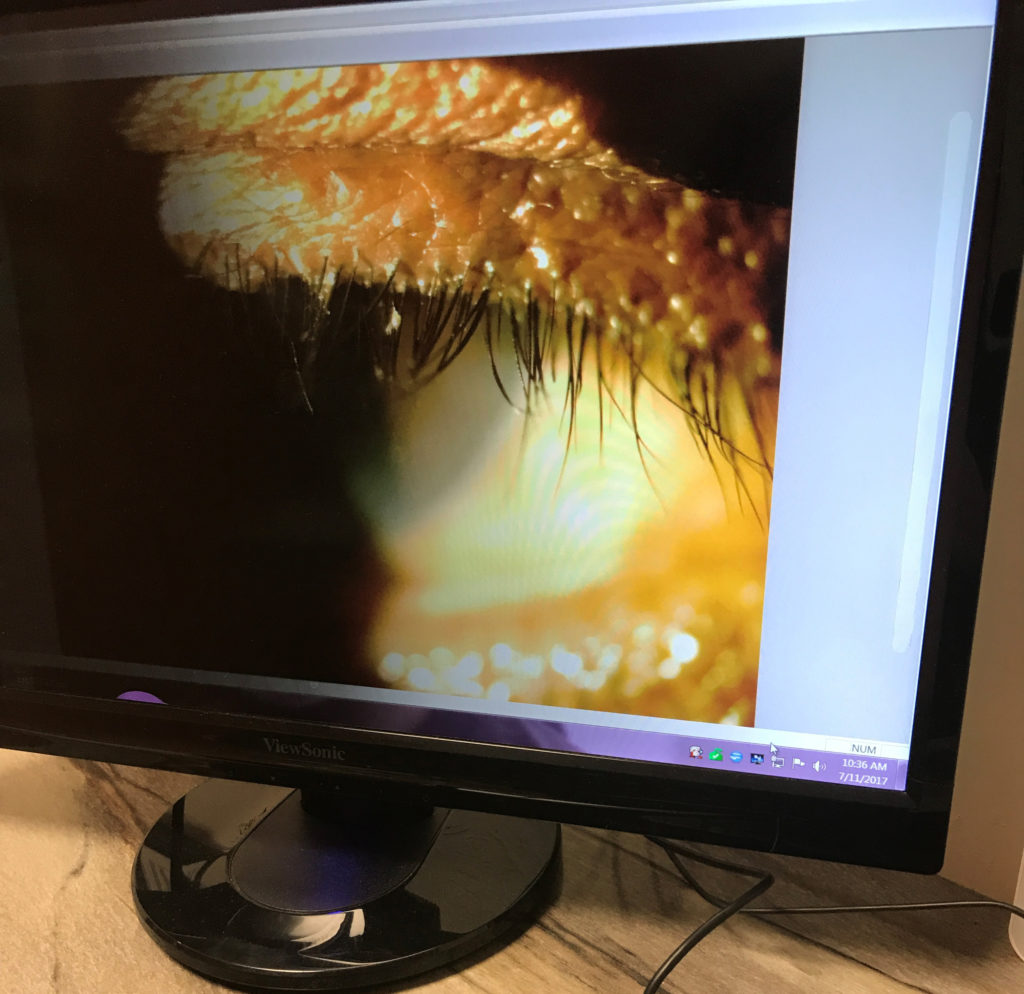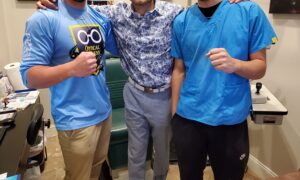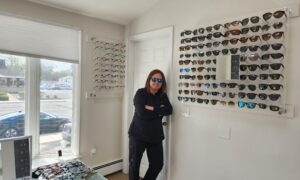By Arian Fartash, OD

July 26, 2017
As a freelance optometrist, who works at various practices in California, and who happens also to be a Millennial, I’ve had a chance to see many different approaches to working with people of my generation in the exam room.
Millennials like myself are usually receptive to becoming engaged and enthusiastic about their care if effectively interacted with in the exam room.
It’s worth thinking about how to better accommodate Millennials because we are the largest segment of the population, with the oldest among us starting our own families. We are rapidly becoming the dominant force in both health care and retail, so whether it’s making health-care decisions, or a shopping decision in the optical, it is increasingly the Millennial who will need to be won over.
Ask About How We Use Our Many Devices
A top concern for many Millennial patients is computer eye strain. An important question to ask is how many hours a day are they on electronic devices, smartphone included. Many will say their eyes feel strained and tired, especially at the end of the day.
I always do an NRA/PRA assessment on the patient, and from the results, I am able to explain to them if they have computer vision syndrome. For example, if the NRA is +2.00 and PRA is -0.75, I tell them in simple terms that the numbers are not even, and to help support their near vision, a pair of computer glasses would help. Their symptoms support the diagnostic testing, as well.

Dr. Fartash believes in showing the patient pictures of their eyes on large computer screens to help them understand their diagnosis and treatment. This photo offers a close look at a patient’s blepharitis. “By showing the patient the flakes, they are able to better understand blepharitis, and are more eager to take steps to get rid of it,” says Dr. Fartash.
Take Time to Explain & Discuss
Millennials are known for not liking to be told what to do, so I always explain the logic behind my prescriptions, and how the eyewear I am prescribing will improve their lives. For example: AR vs no AR. I’ll explain to the patient what an anti-glare lens is, and if they want their eyes to feel less strain, and have better vision without computer glare, then AR is best.
I further explain that if they do not want to invest in an AR lens, then they should consider decreasing their time at the computer. This gives the patient a choice. Most times, they choose to go with AR because they are not able to decrease their time on the computer due to their job. Giving the patient a choice makes them feel more comfortable, and makes them feel like they have control over their own health.
At the hand off, the patient should hear the doctor explain to the optician the things that were talked about in the exam room.
For example: “Jane has computer vision syndrome, and to help with that we have decided to prescribe her a computer pair of glasses with AR to help relax her eyes. She has also decided to do a three-month trial of daily disposable contact lenses, so her eyes will breathe more.” This is a good way to have the patient hear what you said in the exam room a second time. I also write down what we spoke about on a handout for them in case they forget.
I simply get a postcard with our practice information on the front, and blank on the back, and physically write down what we talked about in the room. The hand-out can be typed on the computer and printed as well, or sent to the patient via a HIPAA-secure e-mail.
Optimize Technology
I love having a slit lamp camera and fundus photo machine available to show the patients images of their eyes. It is important to them to see what we, as doctors, are looking at, especially when it comes to building trust.
Using technology to educate also can help you explain the value of the eye health management provided by your exam. I like to document with photographs, which does two things: shows the patients what we are talking about, and is good evidence at their next yearly exam to track their progress. An example of this is neovascularization of the corneas. If they are a contact lens wearer, who is not in daily disposables, they most likely have some. I use my slit lamp camera to take a picture of their eyes, and show them what this condition is, and why they have it (lack of oxygen, overwear, etc). I tell them ways they can help decrease it (switching to daily disposable contact lenses, decrease wear time), and tell them in one year we will reassess it and compare the photos.
Address Difference Between Purchasing Online & from You
I like to address this with photographs or pamphlets about quality lenses. The pamphlets I use are from our lab company. However, there are computer programs that show this same information to the patient with explanations on the screen. Education is key. Physically showing the patient on a pamphlet or computer the difference between high- and lower-end lenses allows them to make a decision based on evidence they can take home and re-read later. I also let the patient know if they ever have a concern about glasses that are purchased from our office, they can come back and easily get that concern addressed, whereas if they purchase from an online retailer, we won’t be able to help them as much.
I let patients know they are always welcome to exchange their unopened boxes of contact lenses at the office if their prescription changes within the year, giving them trust in our product and prescription. If they are hesitant to buy a year’s supply, I suggest to the patient to start with a three-month supply as a trial, and if they find their eyes feeling better, they can call or come in to order more, which most patients accept. Another factor that helps is rebates. Letting patients know in the exam room that rebates are available for their contact lenses, and having the optician explain it further, lets the patient know that it is in their best interest to buy from the office because it will save them money in the long run.
Show Them You Care
At the end of the exam, I always give them my card and tell patients to e-mail me via HIPAA-approved platform, such as the patient portal, or call me at the office if they have any questions regarding what we talked about that day, in addition to the hand-out with the suggestions. Doing this shows that our first concern at the office is their well-being. As a doctor, I want them to know that I am here for them at all times, not just during their yearly exam.
 Arian Fartash, OD, is a freelance optometrist in California, who has also gained expertise in social media marketing. To contact: arianfartashod@gmail.com
Arian Fartash, OD, is a freelance optometrist in California, who has also gained expertise in social media marketing. To contact: arianfartashod@gmail.com



























